Recovering from an ACL injury or any knee-related setback can be daunting, especially for athletes who rely heavily on explosive movements like box jumps. However, the journey back to peak performance is not insurmountable.
In this blog, we’ll walk you through step-by-step techniques to regain confidence and strength in your box jump after a knee injury.
Step 1: Learning to Stick Your Landing
Before diving into the exhilarating world of box jumps, it’s essential to master the art of landing correctly. Correct landing mechanics not only prevent potential knee injuries but also serve as the foundation for progress in your training journey. Here’s how to begin mastering the art of landing with precision:
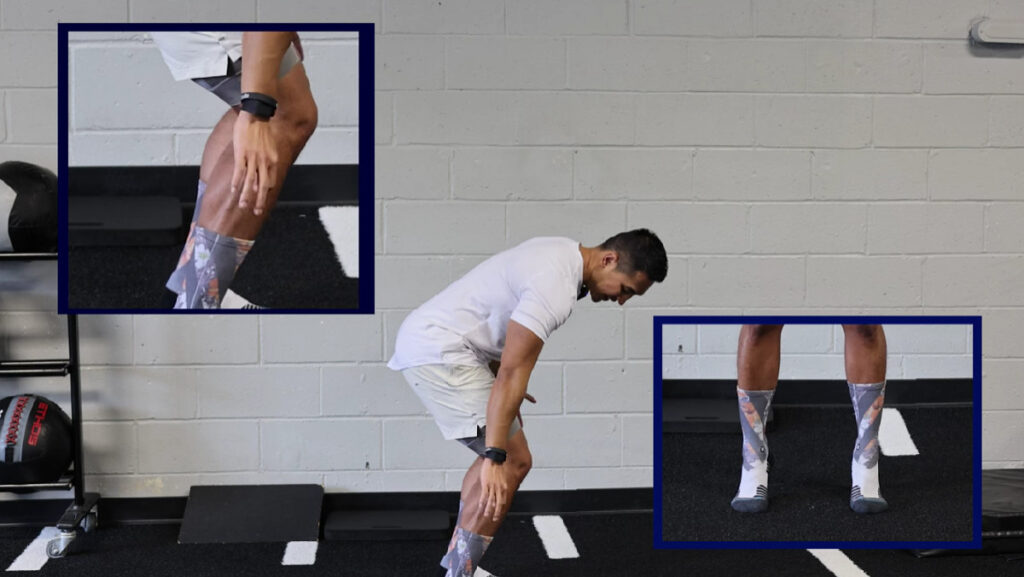
- Starting Position: Stand tall on your tiptoes with extended hips.
- Execution: Imagine pulling an object into your back pocket as you swiftly drop into a squat position.
- Focus on Form: Keep your hips square, squeeze your glutes, and maintain a midfoot stance to absorb impact effectively.
- Repetition: Perform 10 reps while ensuring even weight distribution and minimal side-to-side movement.
- Pro Tip: Utilize a mirror to monitor form and alignment, promoting symmetrical landings.
Step 2: Building Explosive Power
Now that you’ve mastered the art of landing, it’s time to channel that control into generating explosive power. In this step, you will learn non-counter movement jumps to enhance your vertical prowess. Follow these steps to effectively build explosive strength:
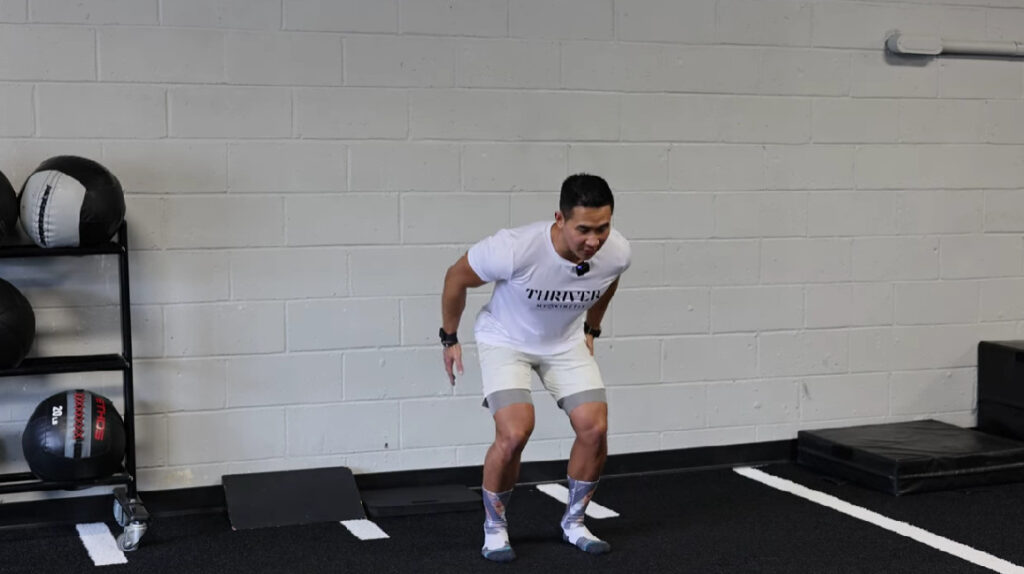
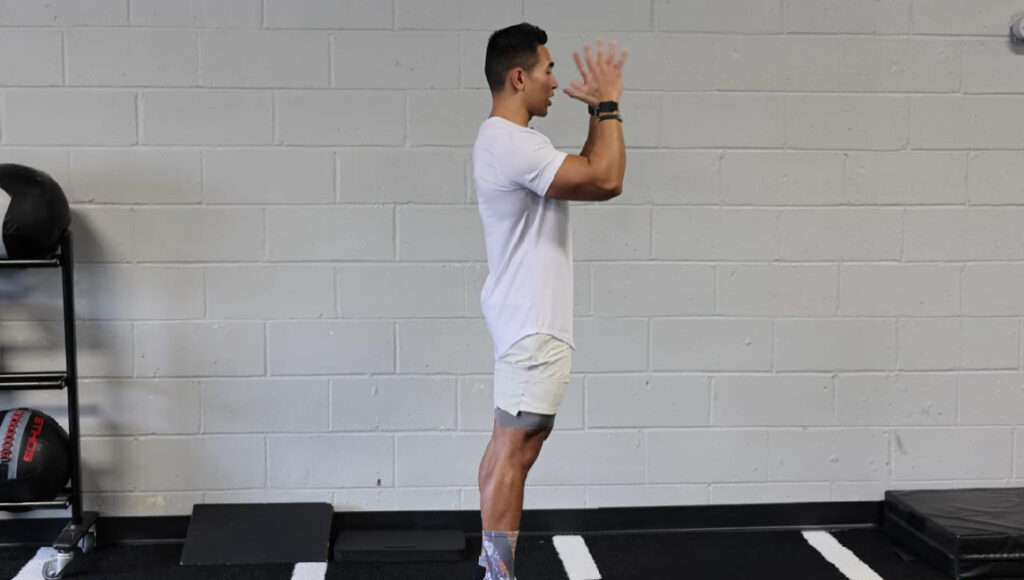
- Starting Position: Assume the landing stance from the previous step.
- Execution: Push forcefully into the ground, propelling yourself upward without a preparatory counter-movement.
- Focus on Height: Strive for a maximal height of at least 3 inches with each jump while maintaining balance and control.
- Repetition: Complete 10 reps, concentrating on vertical lift-off and consistent landings.
- Progression: Gradually increase jump height as confidence and strength improve.
Step 3: Mastering the Counter Movement
As you progress in your jump training, mastering the counter-movement jump is essential for achieving higher jumps with more power. This technique involves quickly squatting down before jumping, using the momentum to propel yourself upward efficiently. Here’s how to do it:
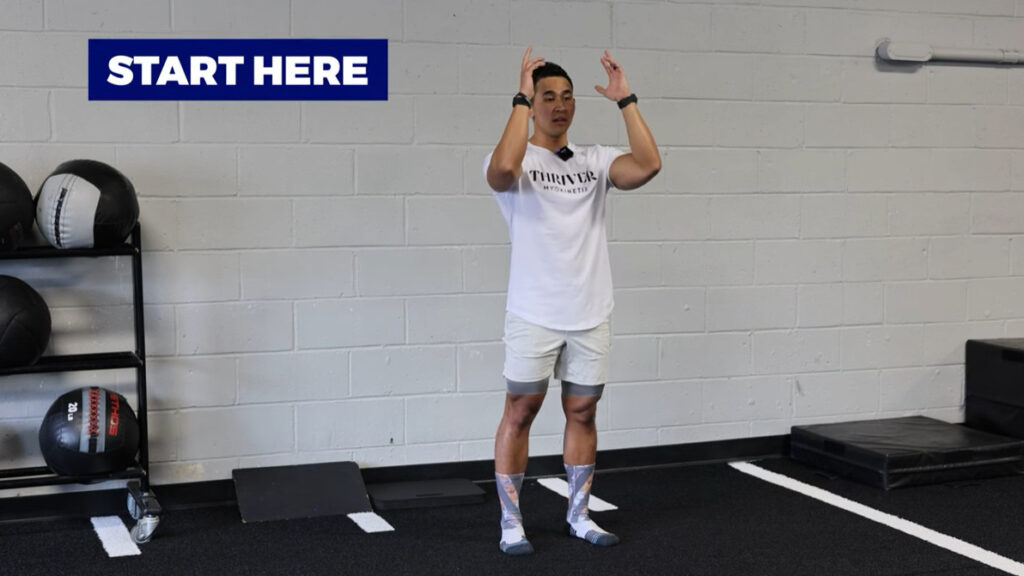
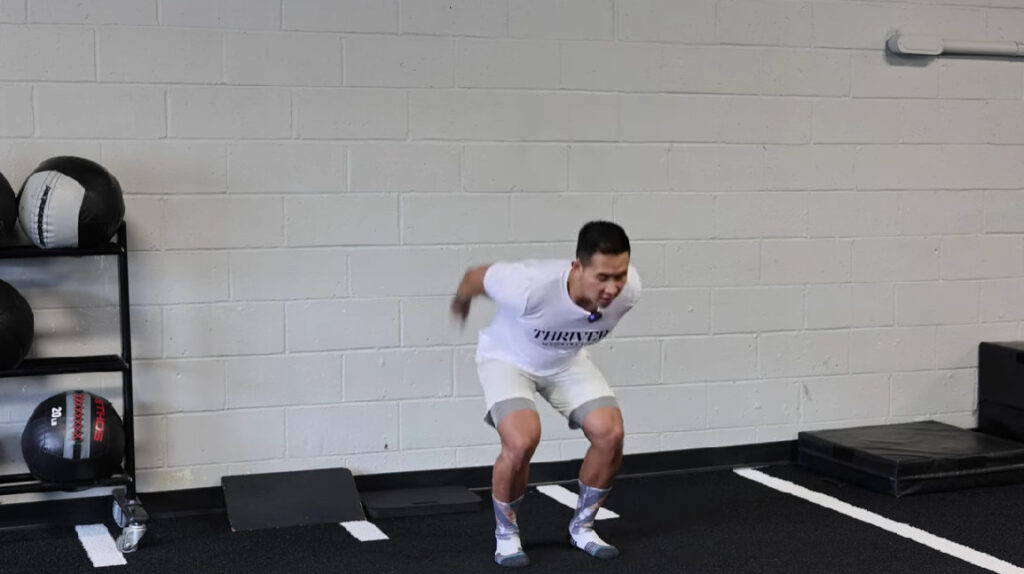
- Starting Position: Stand tall with arms raised.
- Execution: Quickly descend into a squat position (counter movement) before explosively jumping upward.
- Leverage Momentum: Capitalize on the stored energy from the downward phase to propel yourself upward.
- Controlled Landing: Focus on landing softly and evenly to minimize stress on the knees.
- Repetition: Perform 5-6 reps, emphasizing quality over quantity to prevent fatigue-induced errors.
Step 4: Progressing to Squat Jumps
Now it’s time to move on to Squat jumps. These serves as a pivotal exercise that bridges the gap between developing explosive power in both vertical and horizontal directions, which is crucial for mastering sports-specific movements. Here’s how to perform them effectively.
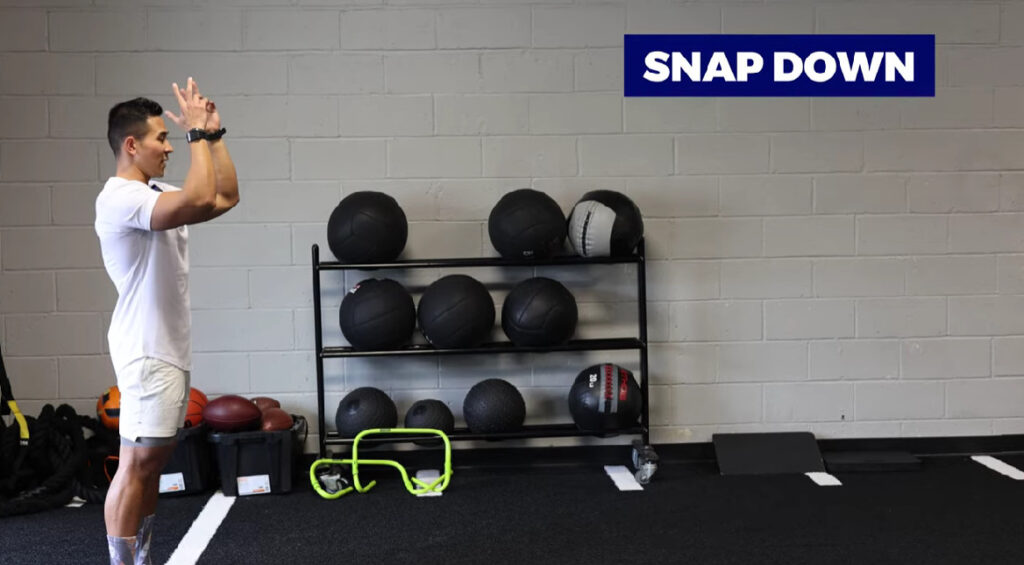
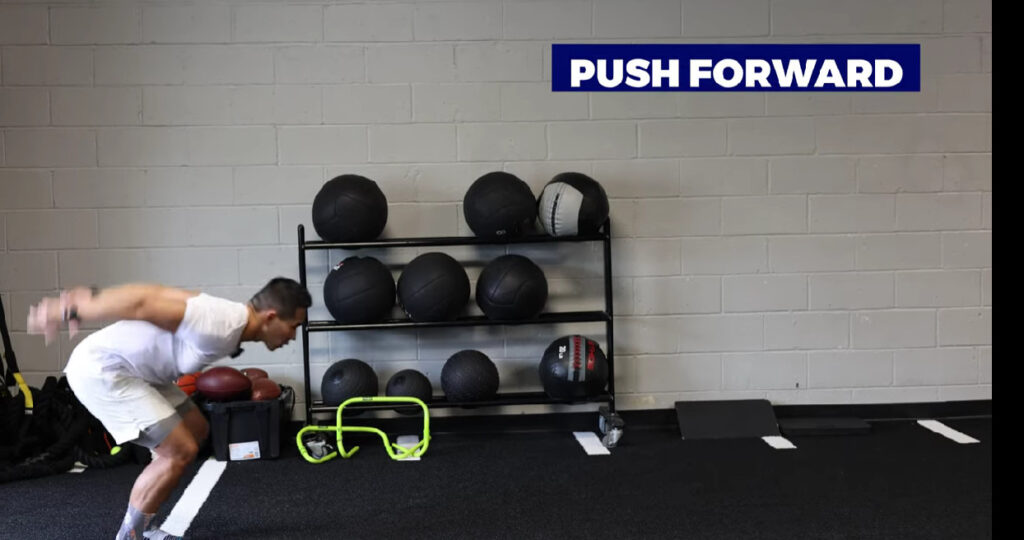
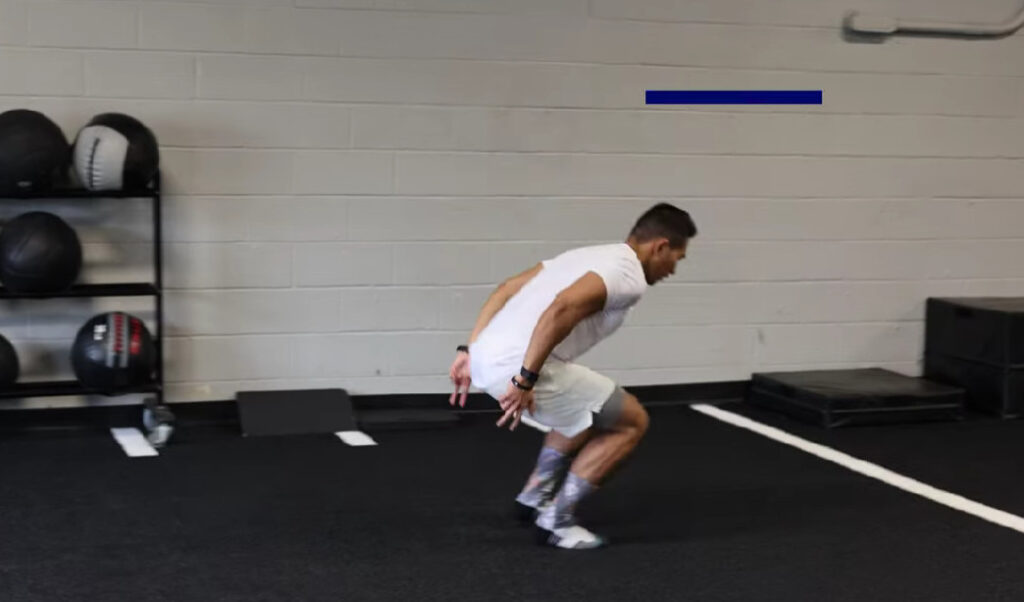
- Starting Position: Begin in a squat stance, preparing to propel yourself forward.
- Execution: Employ a rapid descent followed by a forceful jump, aiming to cover both vertical and horizontal distance.
- Focus on Form: Maintain a balanced midfoot landing, absorbing shock evenly to reduce strain on the knees.
- Gradual Advancement: Start with 5-6 reps, gradually increasing intensity and distance as your proficiency improves.
Step 5: Graduating to Box Jumps
With foundational skills in place, it’s time to reintroduce box jumps into your training regimen. Follow these steps for a safe and effective progression to keep refining your skills and taking your training to the next level.


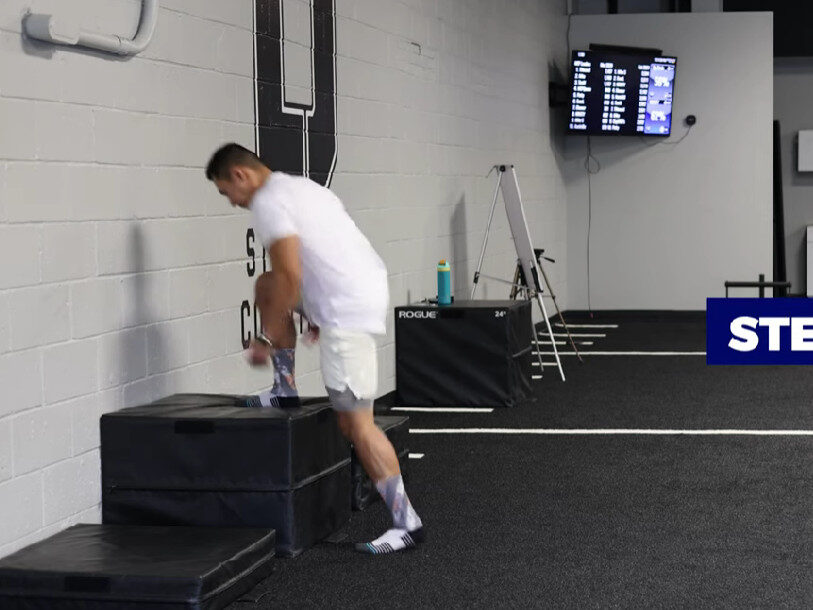
- Height Selection: Choose a box height that you feel comfortable with to prioritize your safety and build your confidence.
- Execution: Apply the principles of non-counter and counter-movement jumps to propel yourself onto the box.
- Progression: Begin with lower boxes, focusing on consistent technique and smooth landings.
- Gradual Elevation: As proficiency increases, gradually increase box height, ensuring mastery at each level before progressing.
- Integration into Training: Incorporate box jumps into your overall training program, gradually increasing volume and intensity.
Watch this video to learn more!
Conclusion
Reclaiming your box jump prowess after a knee injury demands patience, perseverance, and a systematic approach. You need to master foundational techniques and progressively build power and confidence. Don’t forget to always prioritize safe progressions so you can not only regain but surpass your previous performance levels. Remember, your journey back to peak athleticism is a testament to your resilience and determination.
At Myokinetix, our primary goal is to support individuals, especially athletes, in reclaiming their active lifestyle and surpassing their pre-injury performance through customized and carefully crafted recovery training and exercises. Our dedicated team of healthcare experts always works closely with each athlete, addressing all of their questions and concerns to ensure a successful recovery journey. If you’re seeking more than just a facility, but a supportive community of achievers, Myokinetix is your ultimate destination!
Book a Call with us today to start enhancing your performance and boost your confidence!
